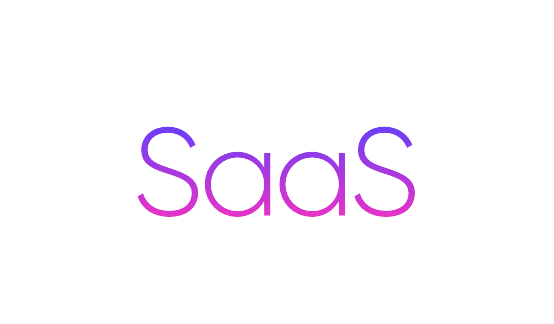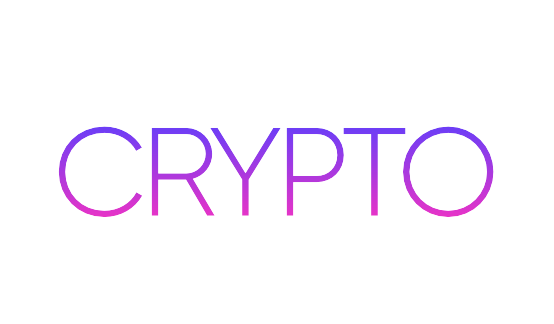What is SLA?
A Service Level Agreement (SLA) is a contract between the user and the enterprise which illustrates the expected service requirements such as availability, quality of service, and the allocated duration for the service. Service level agreements are efficient and more effective in help desk/customer support services. This is a benchmark to ensure that our customers are being provided the appropriate support rapidly and without any delay across the Globe. A service level agreement is a set of deliverables that the enterprise promises to offer.
SLA is entirely about the level of service accountability as it is a contract put forth by both parties – Service Provider and the Customer. SLAs are defined to achieve customer satisfaction and to provide a high quality of service.

What are the types of SLAs?
In customer support, SLAs are mainly time-based as the services must be provided before a specific deadline which is defined in the contract and is agreed upon by the user and the provider. Therefore, response and resolution time for any troubleshooting issues or incoming queries are set in the SLA and it is expected to be delivered to the customer.
There are different types of SLAs as follows;
Response SLAs – Any incoming inquiries from the customer end are provided a dedicated response SLA and a deadline is set for the dedicated IT Technician to respond to the customer on the received inquiry. Response SLAs are to make sure that no customers are left unattended. Responding to the customer upon getting a query is a priority. By doing so, the customer would know that their query has been acknowledged and the dedicated IT technician will be reverting them with a solution for the same.
Resolution SLAs – The issues or queries raised by the customer is allocated a resolution SLA that sets a deadline – the duration of the task when is to be closed and resolved. Based on the issue raised by the customer, the dedicated technician works on resolving the issue and provides an appropriate solution to fix the issue. The issue is to be resolved in the allocated duration and not beyond the deadline. Resolution SLA is all about providing quality of service rapidly and efficiently.
Issue-based SLAs – This type of SLA requires immediate attention when it comes to power outages or service issues. These SLAs assign particular deadlines to resolve the issue that the customer is facing.
Multiple SLAs – As there would be various customers from different industries, it is very essential to define multiple SLAs in order to achieve customer satisfaction. Defining multiple SLAs based on different time zones and locations, different issues based on the issues raised by end-customer. By doing so, the issues could be prioritized as not every issue would be of the same importance. Therefore, the dedicated technician could resolve every issue that is attended to by him without further ado.
What is an Operational Level Agreement?
An operational-level agreement is an internal contract between the functional team in an organization. This operational-level agreement deals with the delivery of the SLAs to the end customer. Since the internal team works on the SLAs to resolve and close the issues for the customer, the operational level agreement ensures to the maintenance of accountability.
SLA – Key Elements
The key elements of a service-level agreement are;
- What will the customer get from your service? – This is about the detailed description of the service offered to the customer.
- What is the expected uptime and when is the service offered? – This defines the service reliability and availability.
- What is the duration to respond and resolve any issue? – This describes the Response and Resolution time of the service.
- What are the steps to report an issue and who will raise it? – This describes the reporting procedure.
- What is the information provided to the customer when it comes to performance and who reports it? – This is about performance monitoring.
- What is the ultimatum, when the Service Level Agreement is not achieved? – This denotes the penalty that accosts for the failure of SLA.
How to set SLAs in Customer Support?
Setting a timeline for SLAs is tedious and very important. In the enterprise point of view, providing rapid responses and appropriate resolutions to the end customer is a major criterion as it creates the base for reliability and trust. In the real world, it is not always a walk-in-the-park situation. Therefore, we cannot commit to SLAs and fail to deliver them to the customer. This might lead to penalties and not an ideal way to build a reputation. The focus is to achieve customer satisfaction and make them reliable to your service.
There are certain things to be considered. They are;
- Prioritize common issues that arise – Every issue that is raised by your customer is important and must be met accordingly. However, there would be certain common issues that come to your attention from various customers, and for such issues the SLAs can be defined with a deadline that would not require a lot of time to resolve.
- Know your customer – As mentioned earlier, there might be various customers from different sectors and industries. In such scenarios, it is significant to know your customer and their requirements. The best option would be to personalize SLAs to certain high end-customers using multiple SLAs.
- Tier-level IT Support – It is mandatory to have a dedicated technician to respond and resolve incoming issues, but at the same time, it is necessary to have a tier-level IT support professional to be allocated for the tasks.
- Accept customer criticism – While setting SLAs, it would be recommended to include customer feedback. It will help you understand more about customer satisfaction and where you have to make amends accordingly. Negative comments aren’t necessarily bad in all cases. By accepting customer criticism, the SLAs can be redefined and met to achieve 100 percent satisfaction.
- Operational Level Agreements (OLAs) are put forth to maintain accountability. In order to constantly meet the SLAs, operational-level agreements are crucial. So, OLA is the bridge between the internal team and the end customer that assists in meeting the requirements and achieving a successful SLA.
- It is important to define SLAs only based on your working hours. If an SLA is defined outside of your business hours and if the customer is left unattended, then it would lead to a breach of SLA. The customer might terminate the contract in such cases.
How to manage SLAs in Customer Support?
To manage SLAs in customer support by
- continuous monitoring
- prioritizing the issues;
- setting up email notifications about incoming inquiries from customers;
- escalating when an SLA is breached;
- reporting
What to be done – when an SLA is breached?
A breach is inevitable, even if you have been successfully meeting SLAs. On the bright side, if an SLA is breached and it is something that is not a recurring event from your end, then the customer might look up to you in understanding how you handle the breach.
To handle a SLAs breach, the following steps are to be considered;
Step 1: Always inform the customer and keep them in the loop. Be as transparent as possible. Customers might appreciate honesty when situations don’t go as planned.
Step 2: Redefine your escalation setup to work on SLA breach fast and as a priority. As per the tier-level support professional, the escalation must be handled by an efficient technician rather than a randomly available technician.
Step 3: Include the legal team as part of the contracts. The legal team will put forth certain criteria on the Service Level Agreement for any unfortunate and unexpected SLAs breach, thereby reducing the penalty if in case such a scenario arises.
Step 4: If the SLA breach occurs more frequently, then it would be better to redefine SLA and take appropriate measures to get it right!
Conclusion
SLAs are needed to meet customer requirements and set the severity levels for the services offered by the Service Provider. It is a win-win agreement for both customer and the provider. SLAs provide an accurate understanding of what service(s) the customer would be receiving and metrics to measure their overall performance.
The only way to protect what you’ve worked hard to build is to be vigilant when it comes to cybersecurity. If you’d like to know more about how your business can benefit from managed services, just give us a call, we are here to help.
A service level agreement (SLAs) is a contract between the user and the enterprise which illustrates Service requirements availability, and quality of service.











